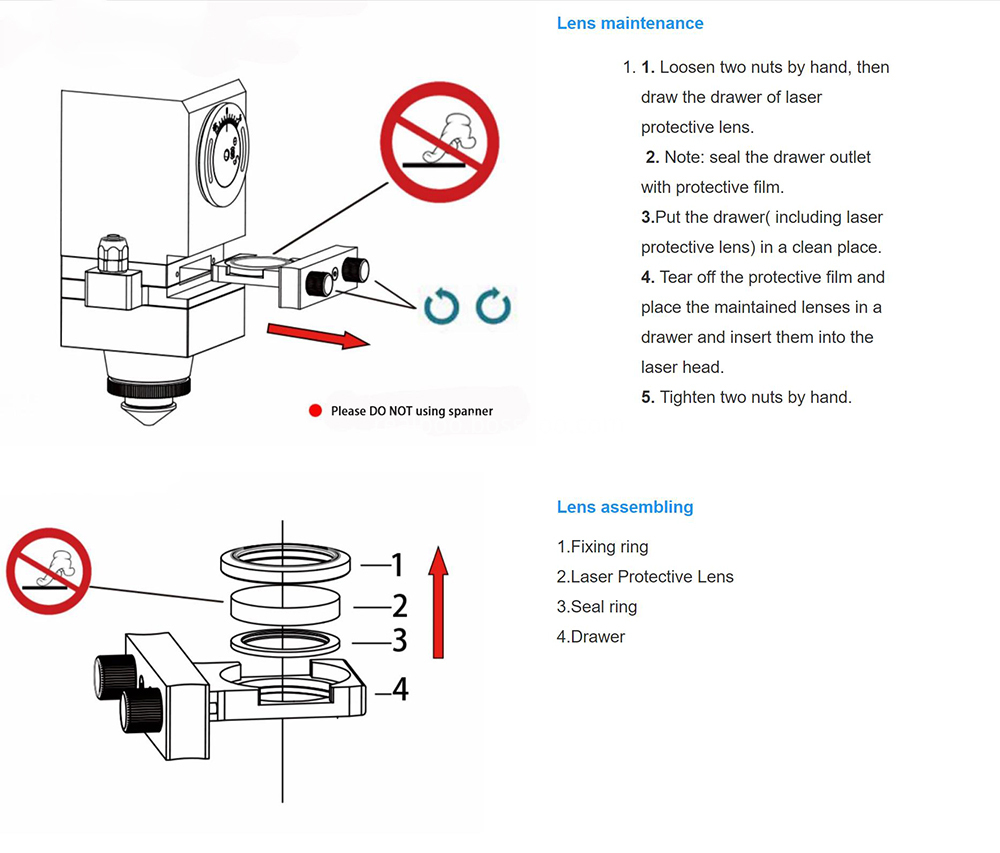Ford Motor Company is currently expanding the use of Microsoft HoloLens mixed reality headsets in automotive design, aiming to speed up the development of vehicles equipped with Augmented Reality (AR) features. Each wireless headset costs around $5,000, allowing designers to view a car's hologram on top of a physical model. This enables them to adjust the headlight position or lower the hood after modifying the headlight shape.
If a designer wants to make a change to a specific part of the car, they can record their perspective using voice commands, and other team members can review and evaluate the suggestion later. Jim Holland, Vice President of Ford Auto Parts and Systems Engineering, emphasized how surprising it is to combine traditional skills—like clay models—with holographic technology. He noted that this approach saves time and offers an intuitive way for designers to work. According to him, Microsoft’s HoloLens technology is a powerful tool that supports innovation in the fast-evolving automotive industry.
Ford officials stress that the technology isn't meant to replace traditional tools like clay models or CAD software, but rather to enhance decision-making and bring designs to market faster. The company claims the new system can cut down design decisions by hours or even weeks. Elizabeth Baron, Ford’s VR and high-end visualization expert, added that the HoloLens allows the entire team to collaborate, share, and experience each design proposal together. She said that mixed reality and physical models help improve communication between designers and engineers, making the process of forming a car’s design architecture more efficient and exciting.
The headsets run on Windows 10, and for security, users must be invited to design meetings separately. This technology also enables multiple people to view the same virtual 3D image simultaneously, such as designers in China seeing changes made by engineers in Michigan.
Microsoft first introduced HoloLens technology in 2016, and since then, many companies have adopted it for commercial purposes. For instance, ThyssenKrupp uses it for elevator design, NASA for simulating the surface of Mars, and Case Western Reserve University for teaching anatomy. Ford has been exploring the use of HoloLens for several years, planning to use the device in future production model design, though it hasn’t revealed specific details about which models will be involved.
Realpoo Optics offer high quality fused silica laser protective windows are designed for useing with high power fiber lasers, to protective laser optics against damage from material splatter. Laser proteictive window is coated AR coating 1064nm in both sides. The substrate of the window is normally JGS1 or Fused Silica(FS). The diameter 18mm to 55mm is available.

Laser Protective Lens,Laser Cutting Fused Silica,Laser Fused Silica Glass, Laser Protective Window
Changchun Realpoo Photoelectric Co., Ltd. , https://www.optics-realpoo.com
